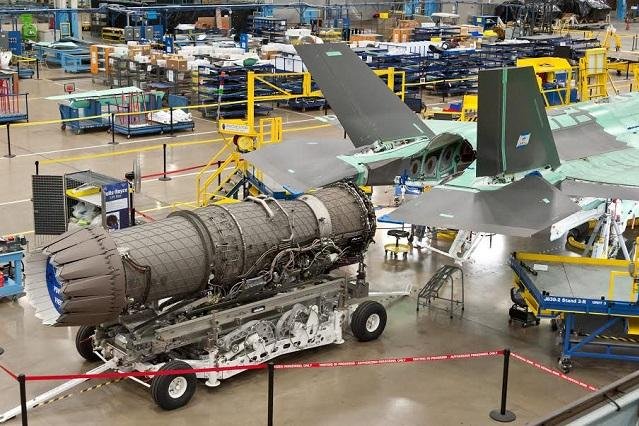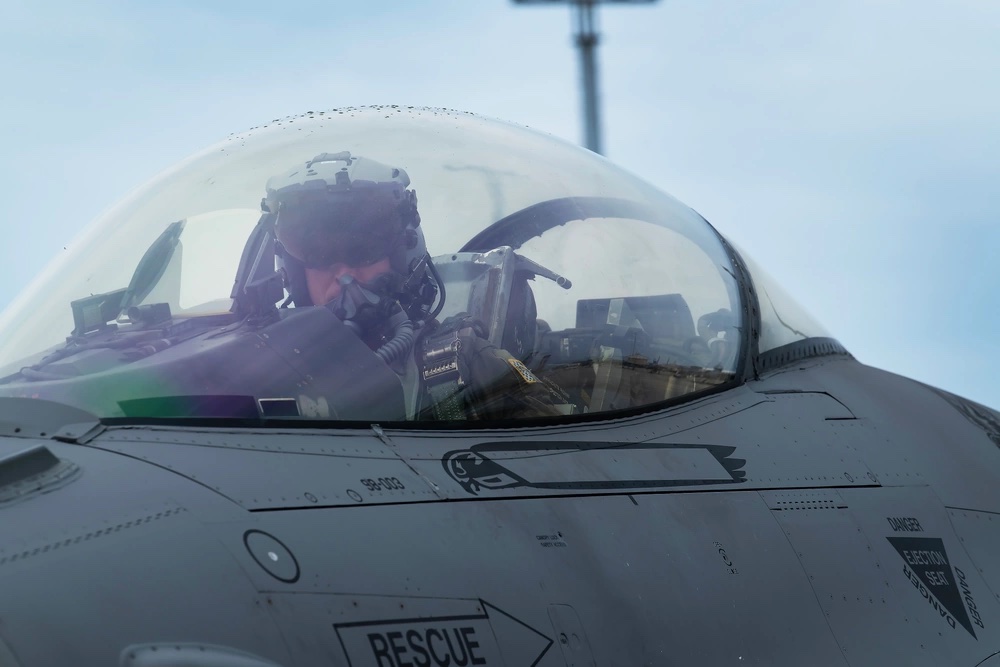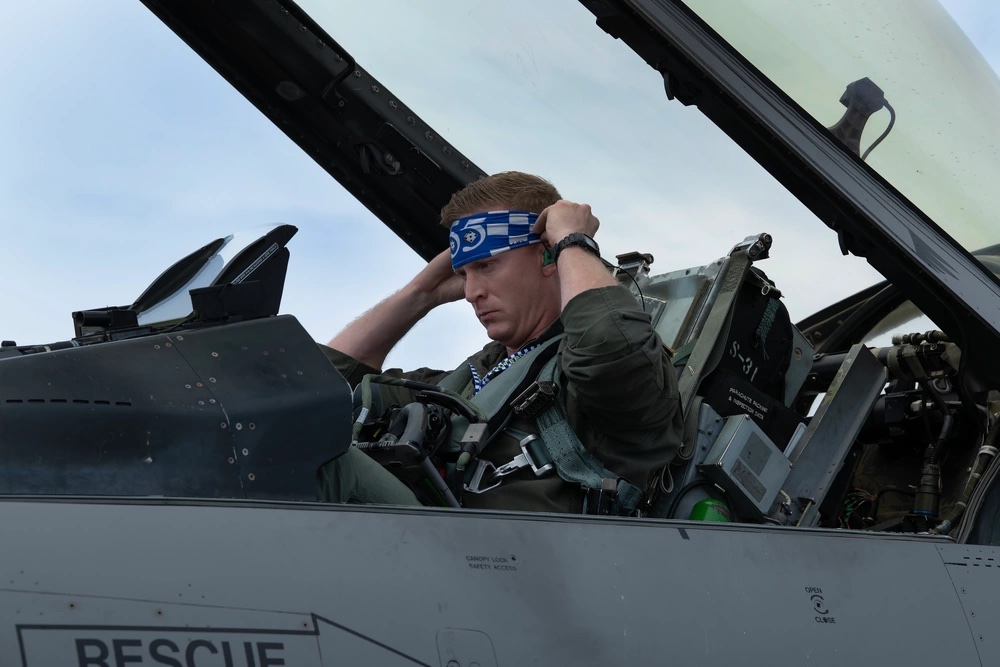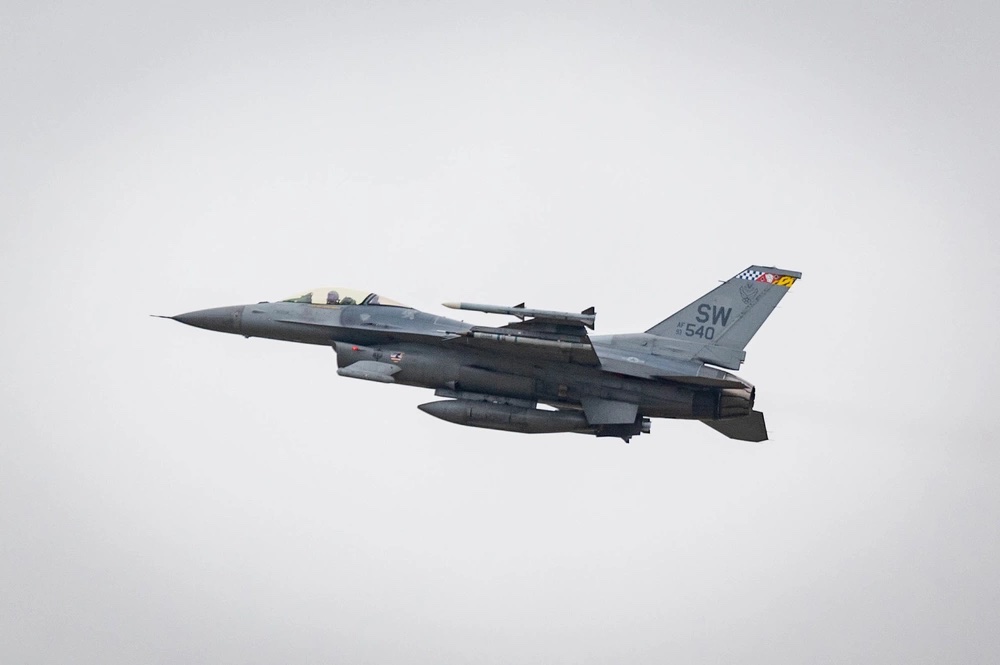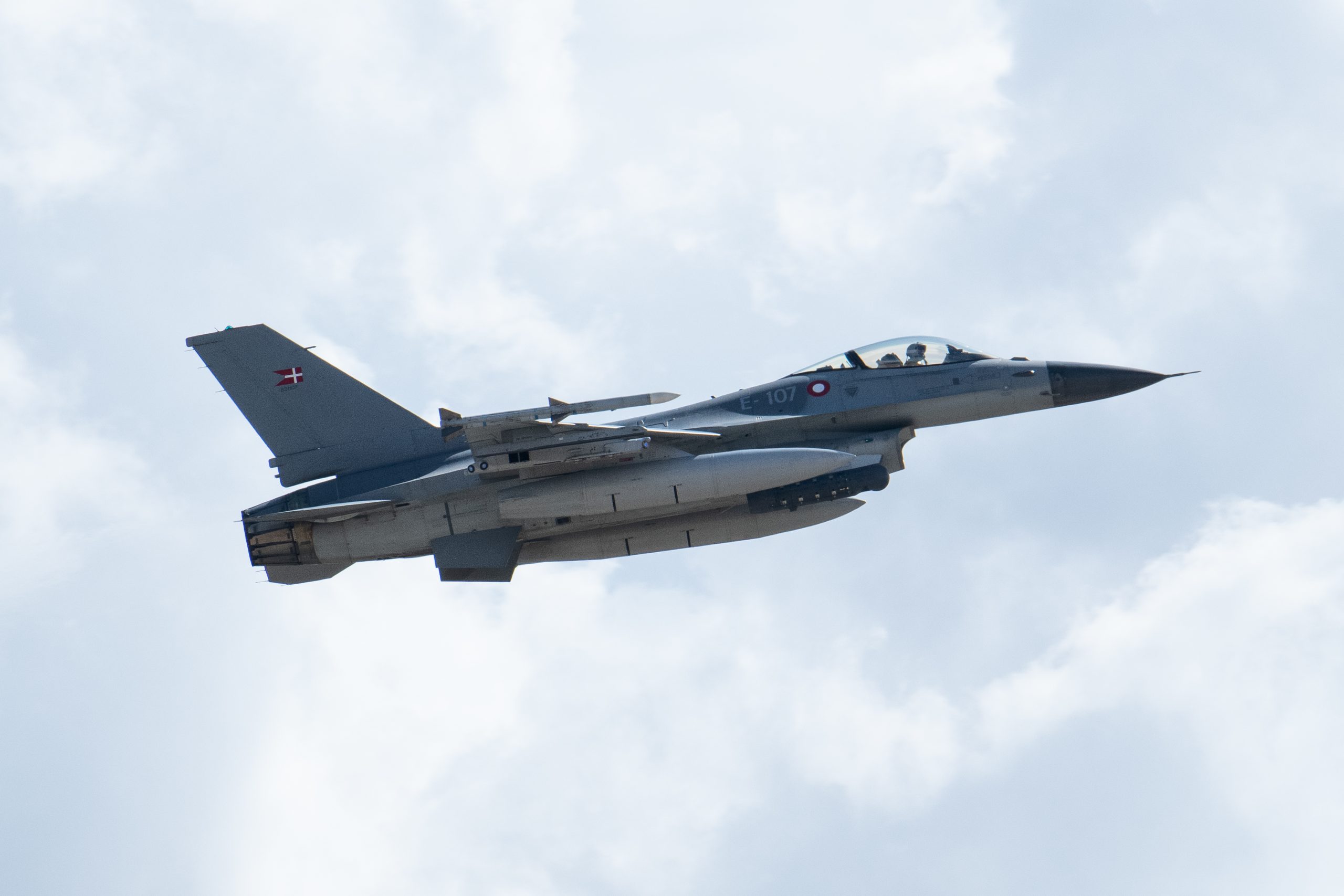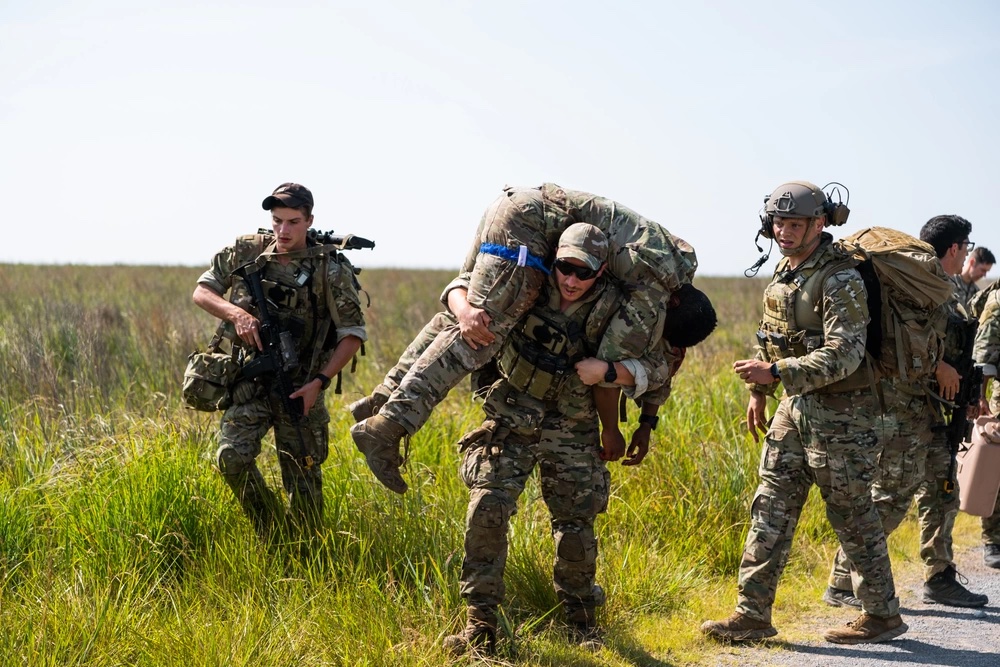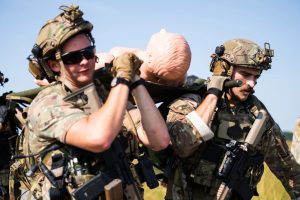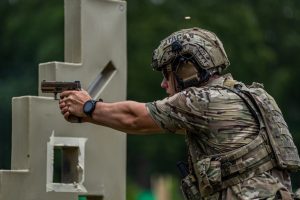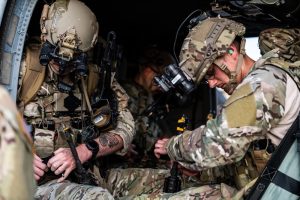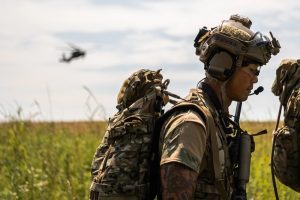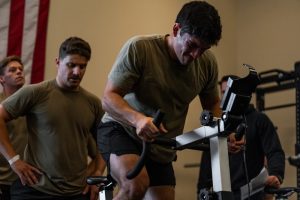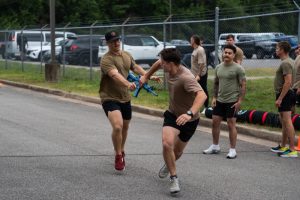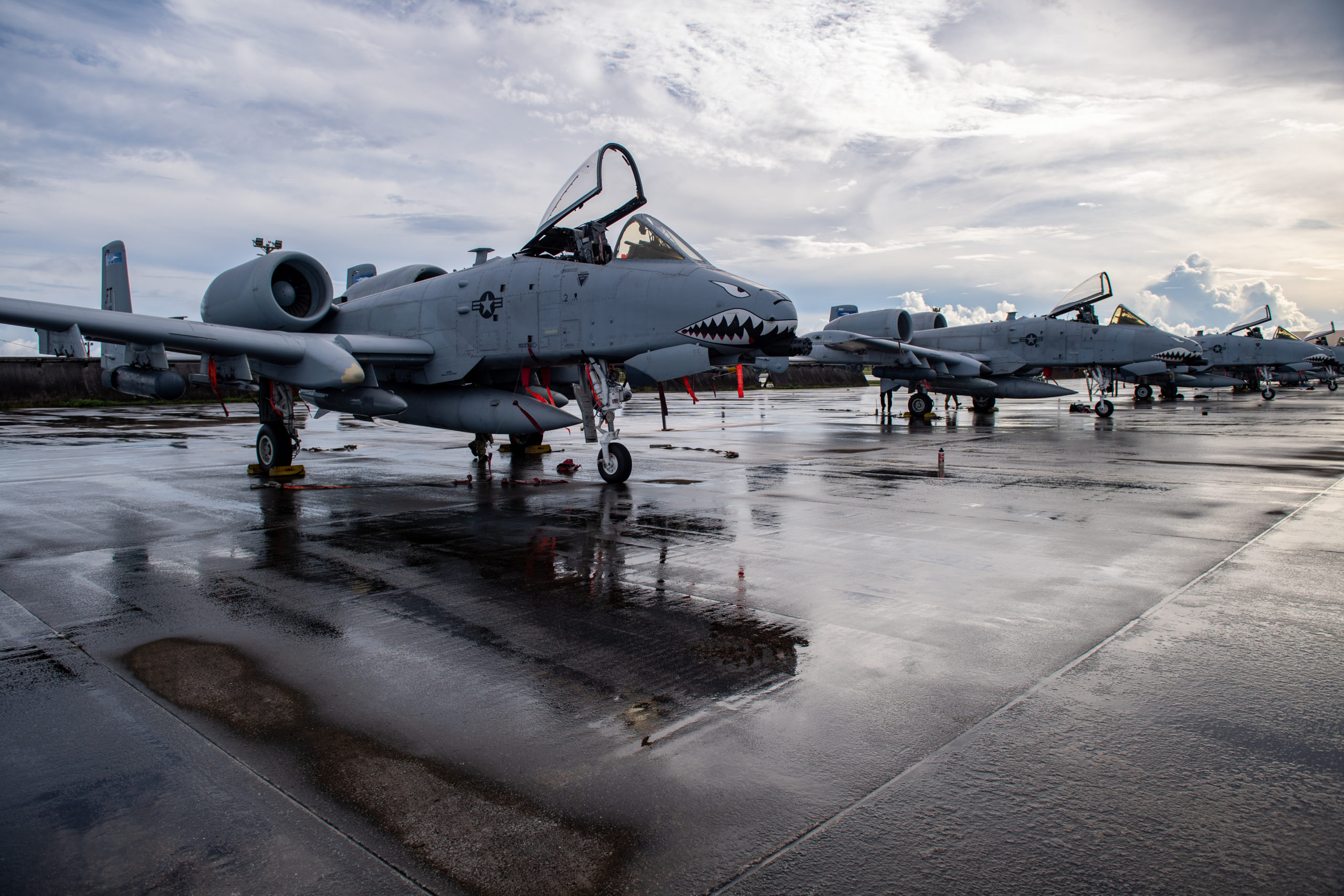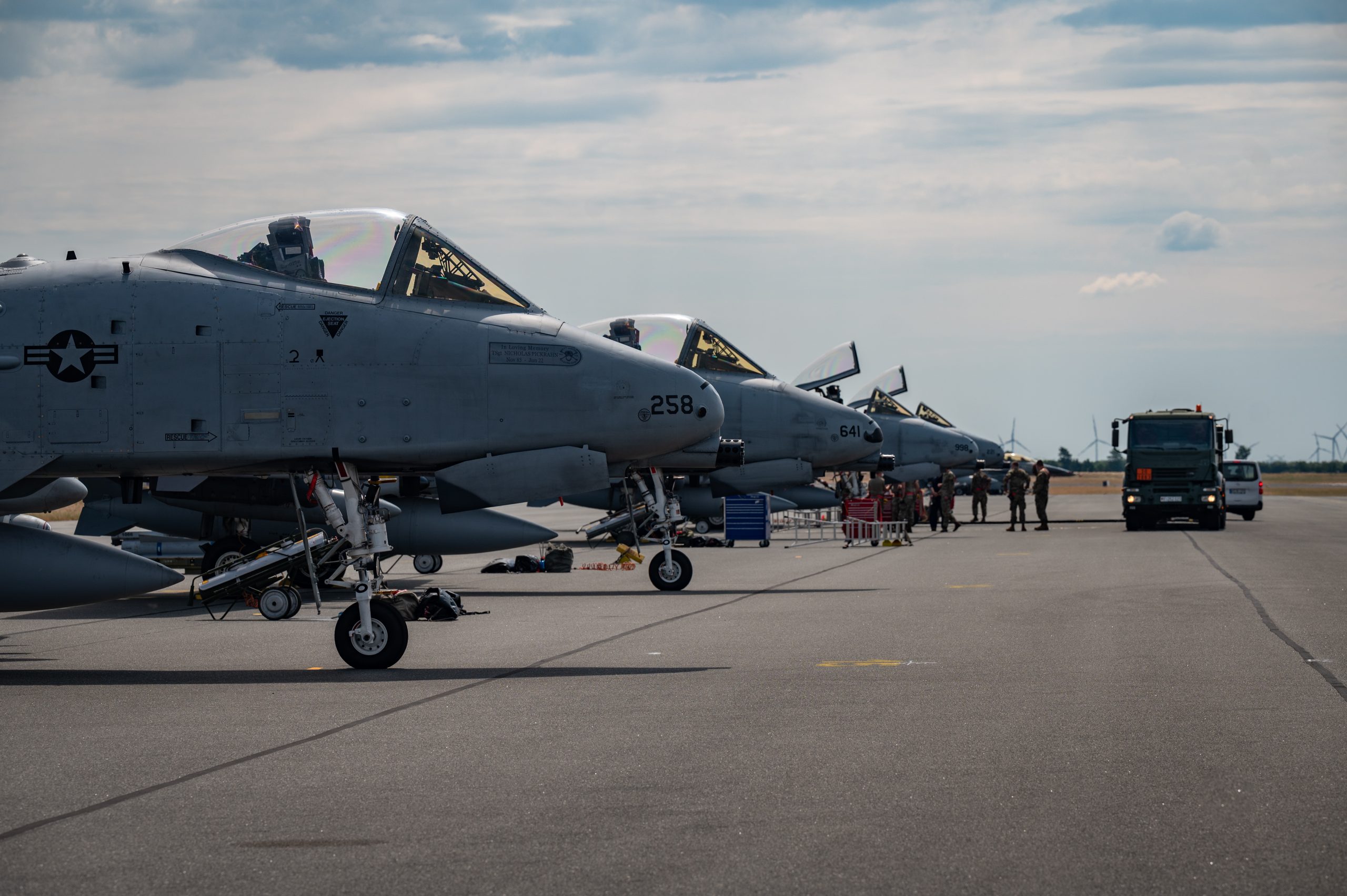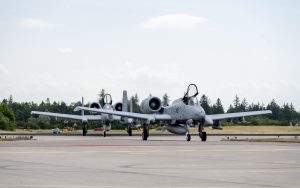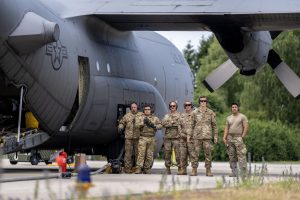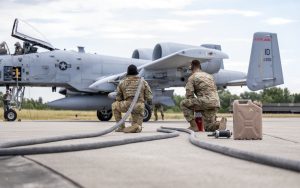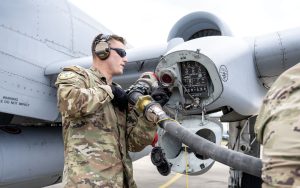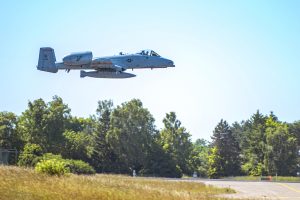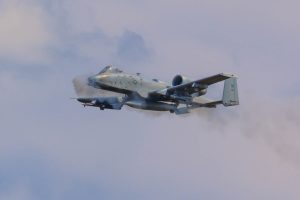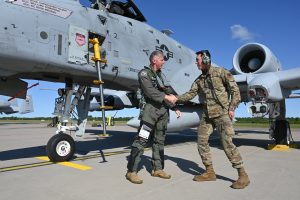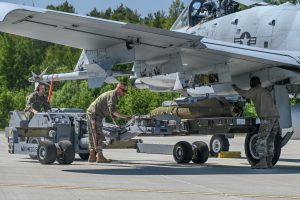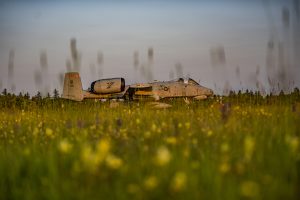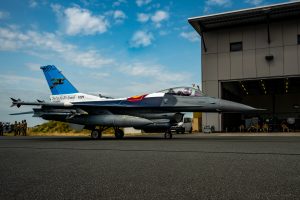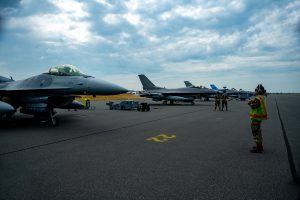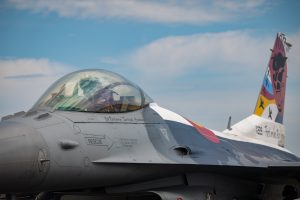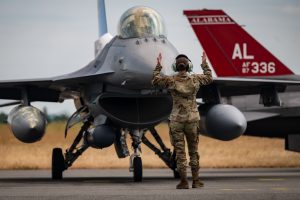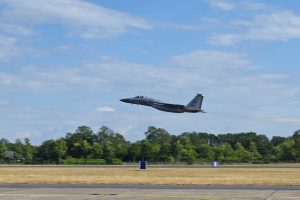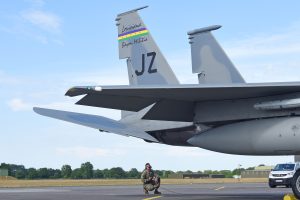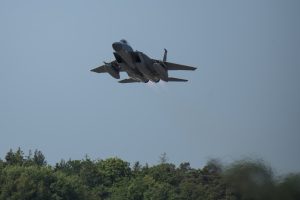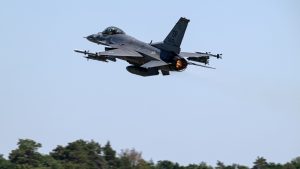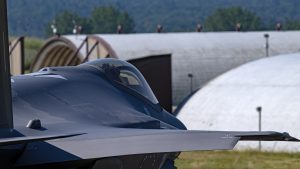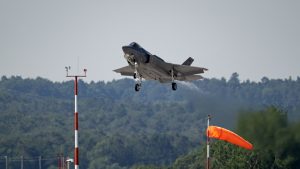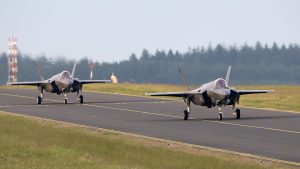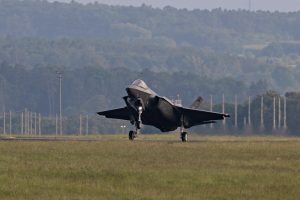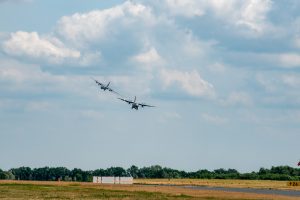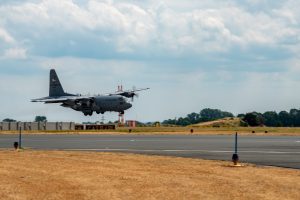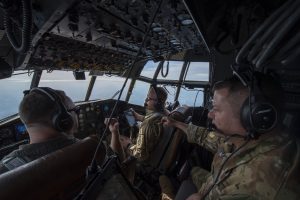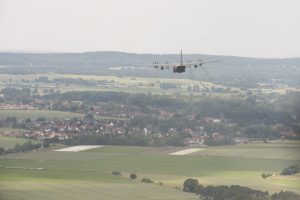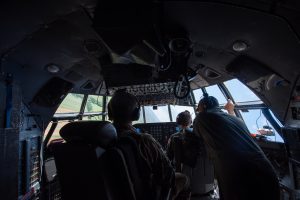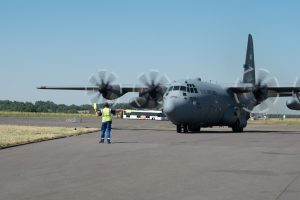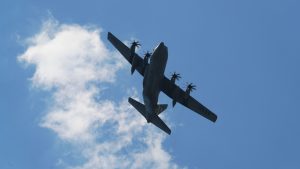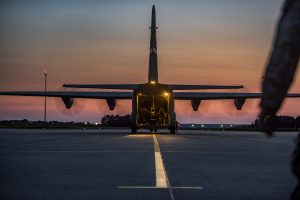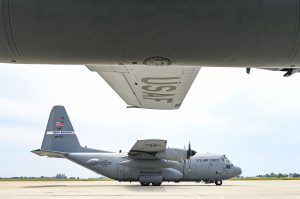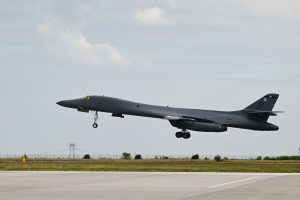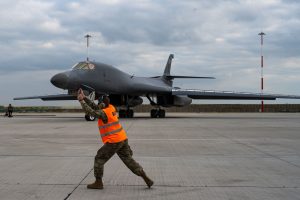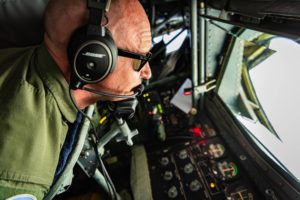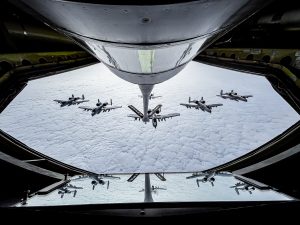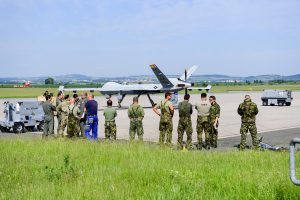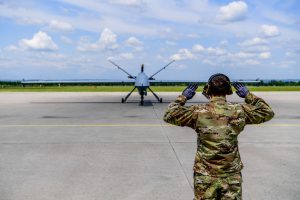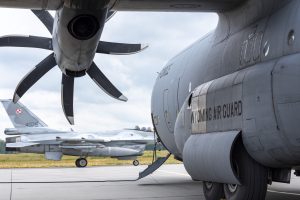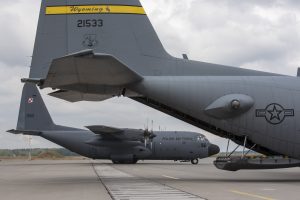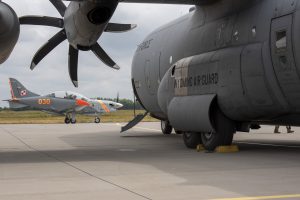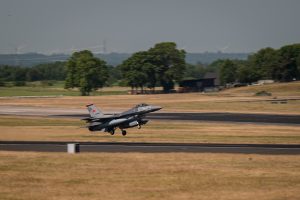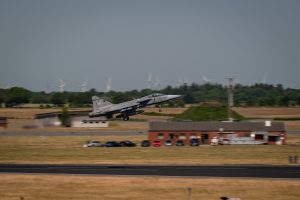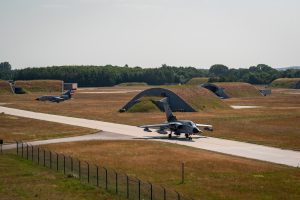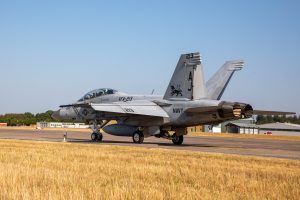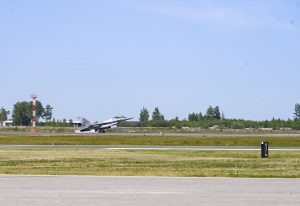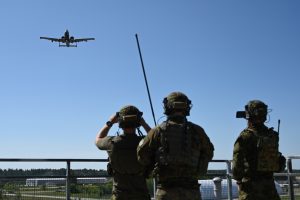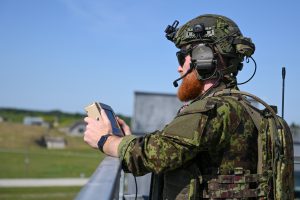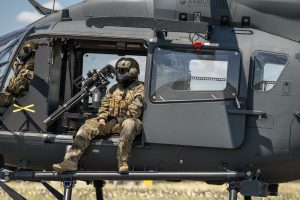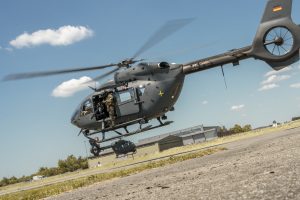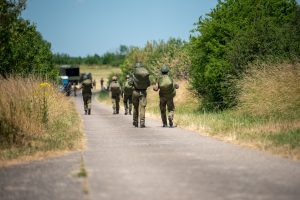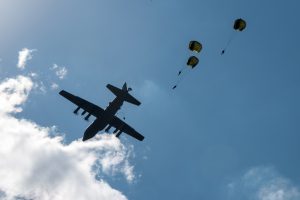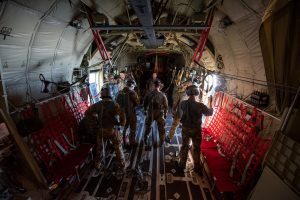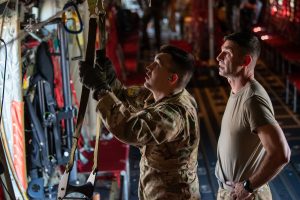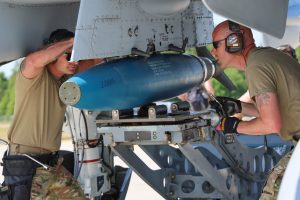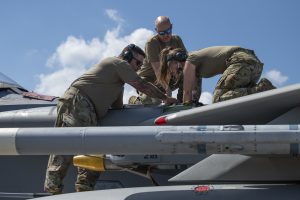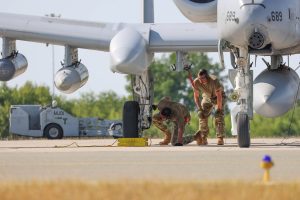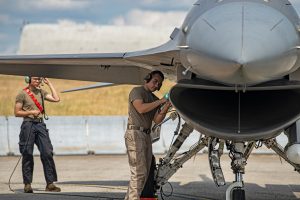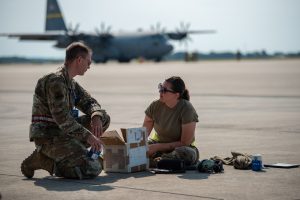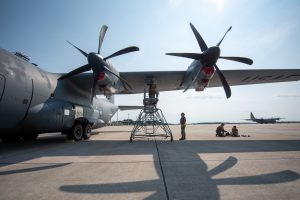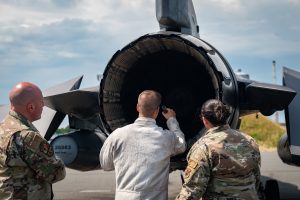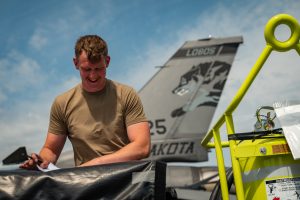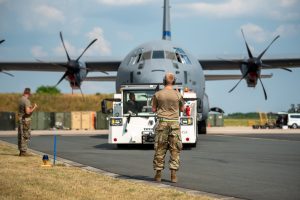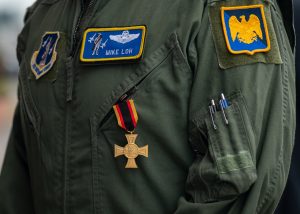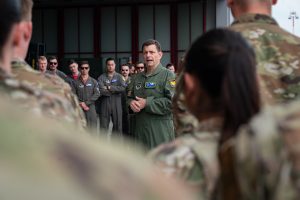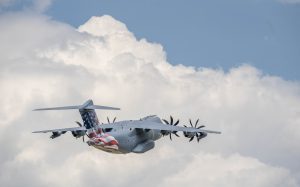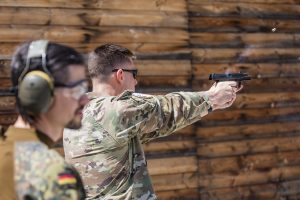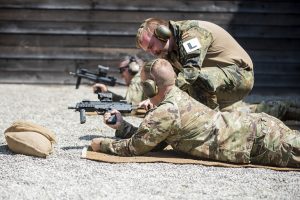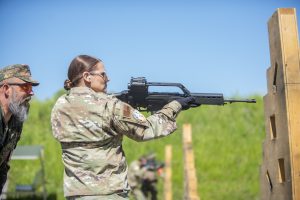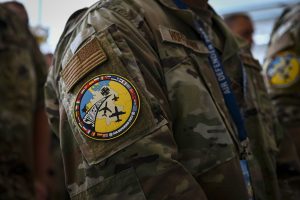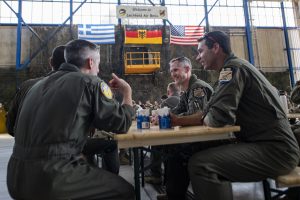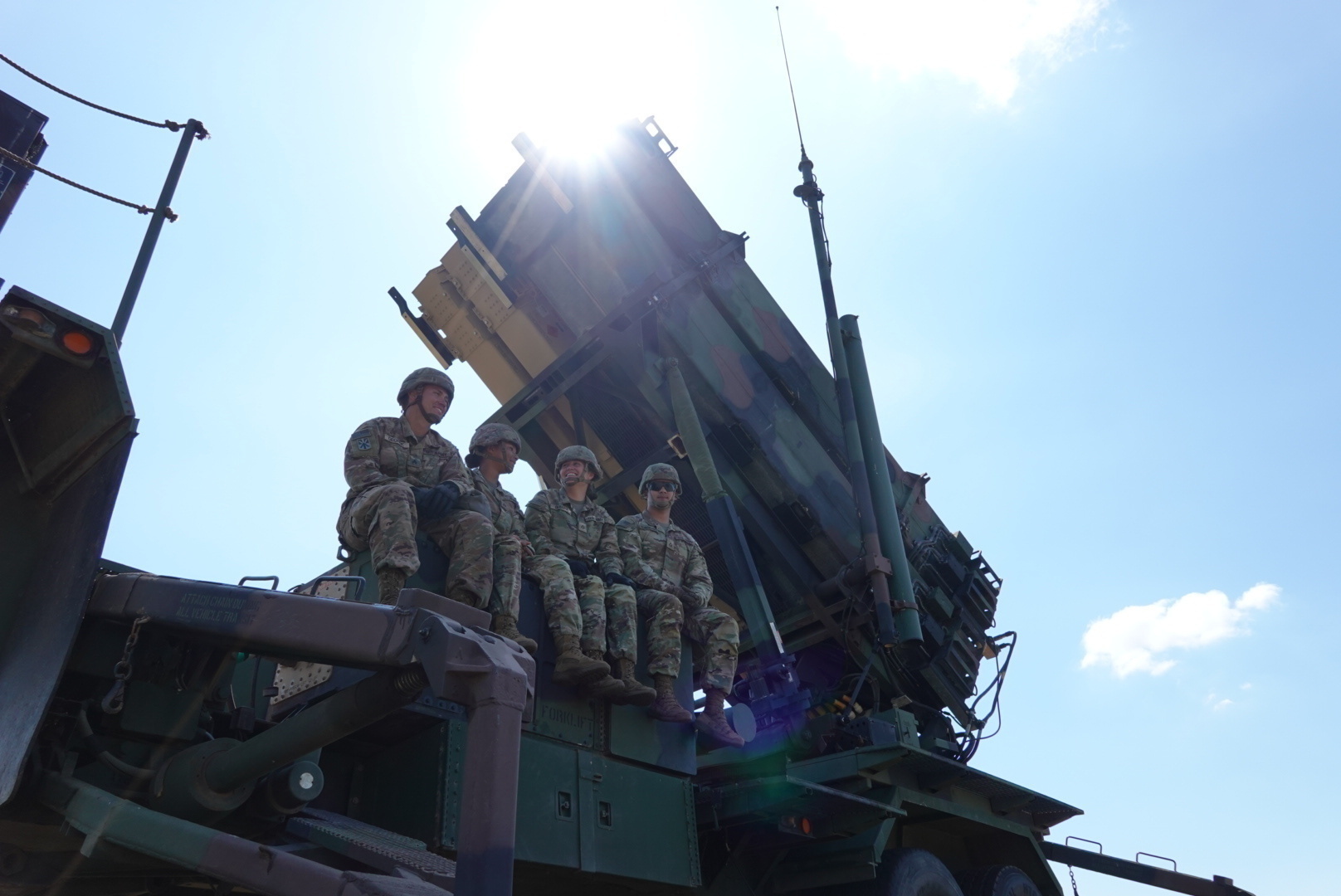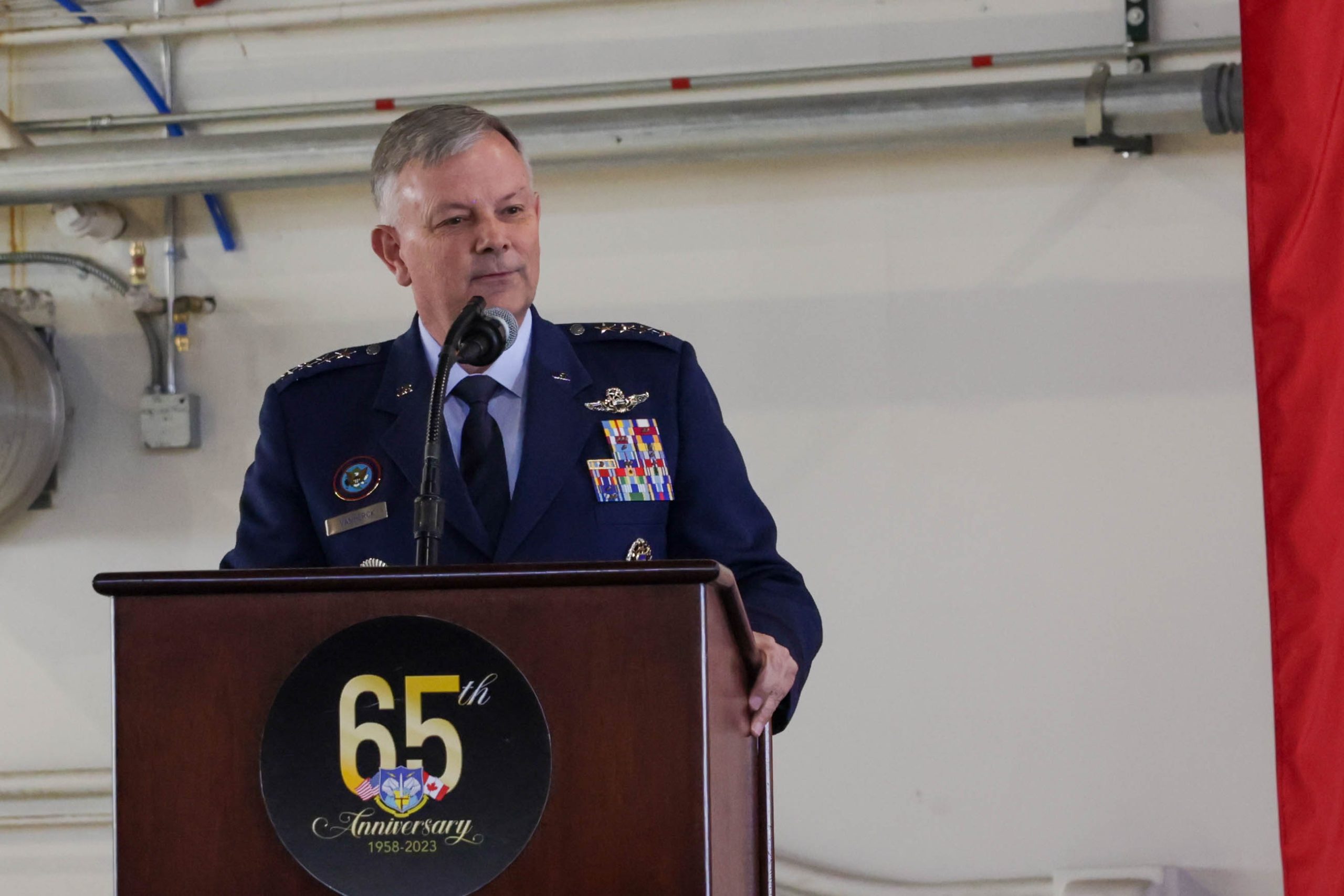The F-35 Joint Program Office is sticking by its endorsement of Pratt & Whitney’s Engine Core Upgrade (ECU) for the F135 powerplant, saying the improvement will meet all the fighter’s future needs for power. But it declined to weigh in on the increasingly combative war of words between F-35 prime Lockheed Martin and engine supplier Pratt & Whitney over whether the ECU—and a separate Power and Thermal Management System (PTMS) upgrade—will be sufficient to support expected upgrades for decades to come.
In a statement to Air & Space Forces Magazine, the JPO said it “stands behind our in-depth business case analysis, conducted in partnership with industry, that helped inform DOD’s decision to move forward” with the two upgrades. The PTMS “is required by any engine option.”
The combination of the two “restores engine life and will meet the service’s and international partners’ budgetary, cooling, and power requirements,” the JPO said. “This will ensure the F-35’s propulsion system is prepared for future demands that will be necessary to stay ahead of our near-peer adversaries.”
The Government Accountability Office last month questioned whether the JPO had been sufficiently thorough in its analysis of the business case for the F-35 propulsion upgrade, but concurred that the ECU is the less-risky and less-costly option compared to the all-new AETP engine.
Lockheed Aeronautics Executive Vice President Greg Ulmer said for the first time publicly last week that his company backs the Adaptive Engine Transition Program (AETP) engines. Lockheed had previously refrained from taking a position on the re-engining.
In statements at the Paris Air Show, he predicted future block upgrades between now and 2070, saying they will require greater power and range than can be supplied by the ECU solution. Ulmer argued that the threat, not cost, should drive the choice of an F-35 powerplant. Lockheed said in a statement to Air & Space Forces Magazine that to stay ahead of the threat, “the F-35 will need even greater capability, readiness, range and thrust, which will require an upgraded engine.”
Lockheed expressed no preference for the two AETP options, the XA100 engine developed by GE Aerospace, or the XA101 engine developed by Pratt & Whitney, a division of Raytheon. Both promise significant improvements over the current F135, with double the cooling power, about 30 percent more range, and 20 percent more thrust on demand.
Pratt argued that the ECU is the only option that will fit all variants of the F-35. The new AETP engines can only fit in the F-35A and C versions. Ulmer countered that F-35B users can adopt the ECU, but that A and C operators should go for the AETP.
In a statement sent to Air & Space Forces Magazine, Raytheon’s Jeff Shockey, senior vice president for global government relations, upbraided Ulmer for “undermining” the government’s decision to go with the ECU rather than the AETP, charging Lockheed with trying to “market the F-35 as a sixth-generation fighter,” thus seeking to “negate the need for a sixth-generation fighter competition” in “an attempt to extend the life and longevity of their contract.” Ulmer’s comments are an attempt to “pull a fast one on Congress,” Shockey asserted.
The ECU, however, would extend Pratt’s monopoly on F-35 propulsion, prospectively for the remainder of the program; the same kind of result Pratt criticizes Lockheed for attempting to secure.
Asked if there is peril to the F-35 program from its two biggest contractors clearly being at odds and engaging in hostile public comments toward each other, JPO director Lt. Gen. Michael J. Schmidt said through a spokesperson that “we expect all our industry partners to work together to achieve the requirements that are set by the DOD to ensure our warfighters have what they need to accomplish their missions.”
When the JPO was asked if Schmidt has directly communicated with the two companies to cool things down and restore a public face of cooperation and collaboration, the JPO said “we communicate with our industry partners routinely” and repeated the comment that it is confident they will work together to achieve F-35 requirements.
Pratt conducts its own negotiations with the JPO for F135 engine acquisition, and the engine is provided to Lockheed as government-furnished equipment. However, Lockheed and Pratt must collaborate on engine installations and connectivity between the F-35 airframe and its powerplant. The rate at which Lockheed delivers completed F-35s is dependent on Pratt’s deliveries of the F135 engine; deliveries were halted for several months earlier this year after a December 2022 crash in which an F135 engine part was implicated.
Air Force Secretary Frank Kendall said in budget briefings earlier this year that the ECU was the right decision for all the F-35 users, but that if he could have “another shot,” he might make a different choice. The cost of developing an AETP engine would have fallen on Air Force’s alone, because JPO rules specify that any user wanting a unique capability must bear the cost itself. The goal of the program has been to preserve as much commonality as possible between the aircraft in order to keep costs low by keeping commonality high.
The JPO also told Air & Space Forces Magazine it’s starting to look at how it would break out the ECU and the F-35 Block 4 upgrade from the overall F-35 program if Congress so orders. The GAO urged Congress to direct the Pentagon to take such action in a June report, saying doing so would add visibility and accountability to the two programs, which are so costly that they would count as Major Defense Acquisition Programs (MDAPs) in their own right.
“We will follow the [National Defense Authorization Act] for FY24 once it has been signed by the President,” the JPO said. “We are already considering various options for how we will structure the programs.”
